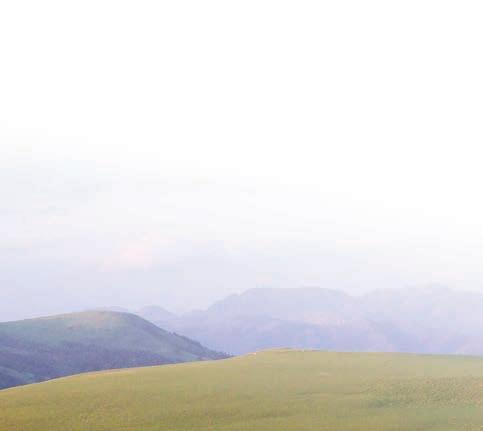
1 minute read
Climate change: the new reality
As the Horn of Africa is su ering through the worst drought in 40 years, PWRDF partners nd themselves squarely on the front line of climate change. Mary Obiero of Church World Service in Kenya notes “the people living in these conditions have done nothing to create this problem. Absolutely nothing.”
But they are working to nd a solution. In the Chimanimani mountains of Zimbabwe, PWRDF partner TSURO Trust collaborates with local farmers to adapt to climate change and meet their families’ basic needs through agroecology. PWRDF supported TSURO’s successful bid to grant the region UNESCO biosphere status.
Though we have always known how vital water is to our health, less well known is that water has always cooled our planet, writes Richard Librock, PWRDF’s External Grants Funding Manager who works with many of our partners on climate mitigation.

“Cooling the planet is now more important than ever because global warming is increasing the frequency, intensity and duration of climate events, spanning from higher temperatures, drought and wild res, to storms, oods, rising sea levels and hurricanes. Such hazards damage the ecosystems on which we and other species depend.”
In Zimbabwe, the focus is on retaining rainwater and helping it sink into the ground by planting ground cover materials. When that can’t be done, TSURO has other techniques:
• Digging in ltration pits and building small gabions (rock walls) that allow the water to in ltrate through the soil slowly, through gravity or osmosis;
• Building tall rock gabions that slow down runo ;
• Constructing stone bunds (retaining walls) on contours, slowing down, in ltrating and spreading water through the soil.

The heat that naturally radiates from the Earth’s surface back into space is increasingly becoming trapped in our atmosphere by greenhouse gases. The solution is to either remove the greenhouse gases or to reduce the heat that is re-radiated. Just 4% more vegetation would radiate 80-90% of the heat back into space.






